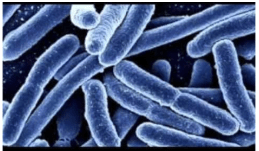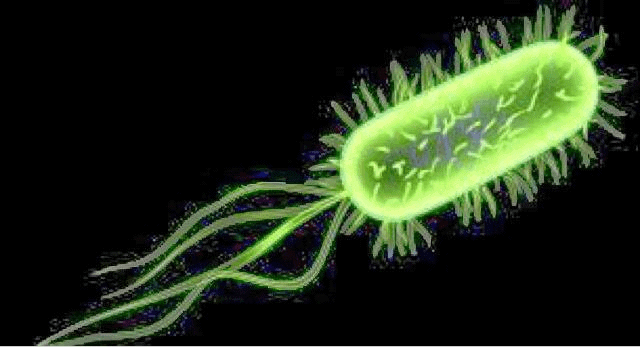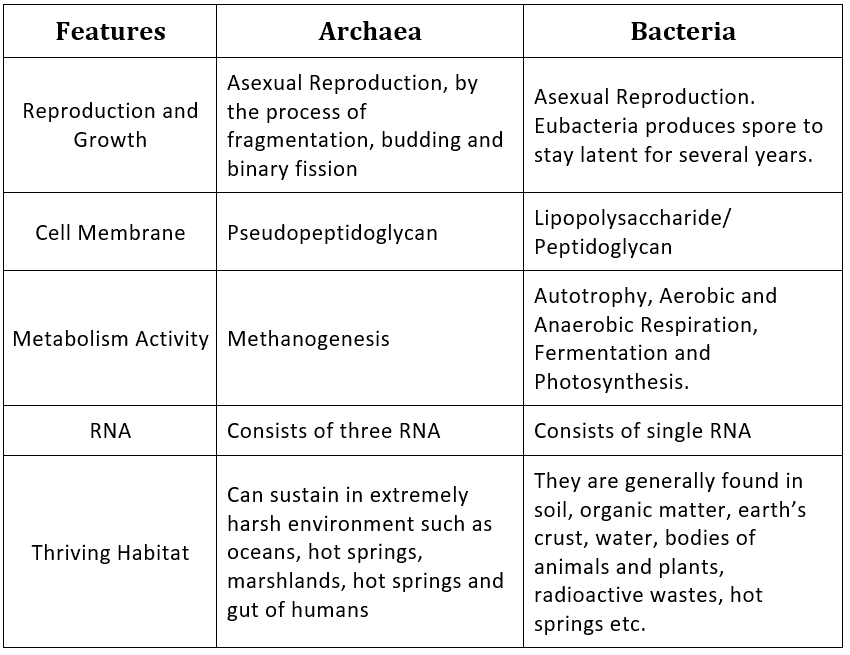Class 11 Exam > Class 11 Notes > Salient features of the kingdom Monera & Difference Between Archaea and Bacteria
Salient features of the kingdom Monera & Difference Between Archaea and Bacteria - Class 11 PDF Download
Features of Kingdom Monera
- It is very surprising to know that bacteria alone occupy a complete kingdom in the hierarchy of living organisms. They are the omnipresent organisms of the living world.
- We can find bacteria almost everywhere. This property can be owed to the fact that bacteria have a wide range of variety and many of them are adapted to survive in extreme environmental conditions.
- A large number of bacteria also live on other organisms as parasites.
 Kingdom Monera
Kingdom Monera
Bacteria can be classified into four major types based on their shape:
(i) Coccus – Spherical shaped
(ii) Bacillus – rod-shaped
(iii) Vibrium – comma-shaped
(iv) Spirillium – spiral-shaped
Note:
As far as the mode of nutrition of bacteria is concerned, some of them are autotrophic while rest of them are heterotrophic.
➢ Archaebacteria
- Archaebacteria constitute those bacteria of the kingdom Monera which survive in extreme environments.
 Archaebacteria
Archaebacteria - The secret of this characteristic lies in the cell wall structure of these bacteria which allows them to withstand harsh conditions.
➢ Eubacteria
- Eubacteria are otherwise known as true bacteria. They help in a variety of processes like decomposition, nitrogen fixation, antibiotics production, etc.
 Eubacteria
Eubacteria - Some bacteria are pathogenic in nature and cause diseases when in the body.
Example: Typhoid, cholera, tuberculosis, etc. - Bacteria majorly reproduce by fission and under unfavorable conditions, by spores. In some rare cases, bacteria reproduce sexually which includes the transfer of DNA material from one bacterium to another.
- Monera also includes Mycoplasma, which are the smallest known organisms that can survive without oxygen. They do not possess a cell wall and many of them are known to be pathogenic in nature.
➢ Difference Between Archaea and Bacteria
- Archaea and Bacteria are two kinds of microorganisms that fall under the category of Prokaryotes. However, all archaea and bacteria are not prokaryotes.
- Earlier, archaea were classified as bacteria, but now it is outdated as it has been found that they both have different biochemistry and different evolutionary history.
- Archaea and Bacteria do not possess membrane found organelles or nuclei. They have similar sizes and shapes.
1. Archaea
- They are single-celled organisms that comprise cells with distinct properties that make them unique from the other two domains of life, namely Eukaryota and Bacteria.
- They use numerous sources of energy and display a diverse array of chemical reactions in metabolism.
- Based on reactions, they are categorized into nutritional groups. That is either dependent on carbon sources and energy. One group of archaea uses sunlight as a source of energy. They are termed as phototrophs. But any of these organisms do not possess oxygen-generating photosynthesis.
- The other forms of archaea use inorganic compounds as a source of energy, namely ammonia or sulphur. They either include anaerobic methane oxidizers, nitrifiers, and methanogens.
- This reaction involves two compounds where one compound acts as an electron acceptor and the other as an electron donor. The energy that is released during the reaction releases ATP – adenosine triphosphate. It is one of the same basic processes that can be found in some of the eukaryotic cells.
2. Bacteria
- They are single-celled organisms that usually live in a diverse environment. Bacterial DNA called the nucleoid are a twisted thread-like mass that flows free.
- They even possess a cellular structure that executes a range of circular functions that involves the transfer of energy to the transportation of proteins.
- Bacteria consist of plasmids which are circular pieces of DNA.
- Bacterial cells consist of the inner cell membrane and an outer cell wall. Wherein some of the bacterias do not possess cell wall such as mycoplasmas.
- In some cases, bacteria may consist of a third protective outer layer in a cell called a capsule. Pili cover surfaces.
Table: Differences between Archaea and Bacteria
Example. How is Archaea different from Bacteria in terms of cell membrane?
Answer. Cell Membrane in Archaea is made up of Pseudopeptidoglycan, where as in bacteria, it is made up of either Lipopolysaccharide or Peptidoglycan.
Related Searches













